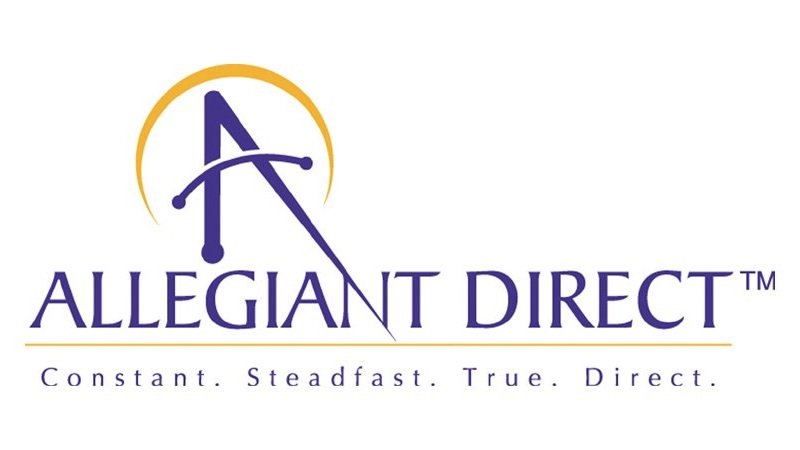7 Critical Elements of Direct Mail (Part 2)
By: Wayne Gurley
We’ve already discussed the single most critical variable in any direct marketing effort – which is the mailing list.
But what’s the second most important element?
The answer is – the “offer.” In other words, the letter’s “proposition.” From the reader’s standpoint, it‘s “why are you writing to me…what do you want me to do…and what do I get in return for my money?”
HARD/FULL PRICE OFFERS
In fund-raising, most offers are known as “hard” or “full price” offers. This simply means you are offering the benefits of your organization and the work it does at full price – no discounts or premiums.
Here, the word “price” can be substituted for “gift.” But unlike commercial products or service offers, a fund-raising offer asks a person to send money so that they can do good work helping others.
WHAT’S IN IT FOR ME?
A lot of people think that fund-raising is simply getting people to part with their money for nothing in return – in other words, no product or service. But in reality, nothing could be further from the truth.
Personally, I’ve always believed that “giving is a selfish thing.” That might sound a little odd, but when you stop and think about it, it really isn’t so strange. When someone makes a gift to a philanthropic organization, they are committing a selfish act.
What are they getting in return? At the very least, they get a warm feeling for helping an organization they believe in.
The most important thing to remember when constructing your offer is to communicate clearly what you want the donor to do – including the amount of money you are asking for, how the money will be used, and what benefits (tangible or otherwise) you promise in return for the donor’s gift.
MOTIVATIONS FOR GIVING
Russ Prince and Karen File wrote a terrific book called “The Seven Faces of Philanthropy” (published by Jossey-Bass). Their research identified seven kinds of motivation for giving:
1. Communitarian (Doing good makes sense, or is good for the community.)
2. Devout (Doing good is God’s will.)
3. Investor (Doing good is good business.)
4. Socialite (Doing good is fun.)
5. Altruist (Doing good feels right.)
6. Repayer (Doing good in return.)
7. Dynast (Doing good is a family tradition.)
Can you think of different types of offers that might be developed for the above motivations? How about…
1. Communitarian – Give to help our community hospital/children’s home/social service agency.
2. Devout – Monthly pledge program to help our mission/ministry.
3. Investor – Charitable gift annuity/charitable remainder trust/gifts of stocks or bonds.
4. Socialite – Buy a table… bring your friends… come to the party!
5. Altruist – Support our organization. It the right thing to do.
6. Repayer – Grateful patients helping other patients/Graduates supporting the scholarship fund to help future worthy students.
7. Dynast – We’ll name a building for your family.
OTHER OFFERS
Premium/Freemium
One of the strongest words in the English language is FREE. Fundraisers often use “Free With” offers like premiums (back-end freebies) or freemiums (front-end freebies) to generate bigger responses.
Address labels, magnets and note pads are common freemiums used in fundraising today. They tend to generate higher responses, but lower average gifts. They also tend to generate more “guilt” gifts. It’s the principle of reciprocity – “you do something nice for me, so I’ll do something nice for you” by sending you a few bucks back as thanks for the address labels or whatever.
Do freemiums generate more responses? Yes. Do they generate committed donors? They can, but not always. If you use freemiums to generate a new donor, will you need to continue to use them to get them to renew their support? Possibly.
Another example of a “freemium” would be a bookmark or pen. A good example of a premium would be, “Get this book for your gift of $35 or more.”
Pledge Programs
Pledge Programs – to which donors promise to give on a regular basis (typically monthly) – are another kind of offer. Certain benefits and recognition can be attached to the offer to strengthen it.
Benefits and recognition also can be attached to Membership Programs and/or Giving Societies. These kinds of programs allow donors to develop a deeper and stronger relationship with the organization. If structured properly to generate multiple annual gifts, they also can help identify good planned giving prospects.
Copyright 2018 Allegiant Direct, Inc.
